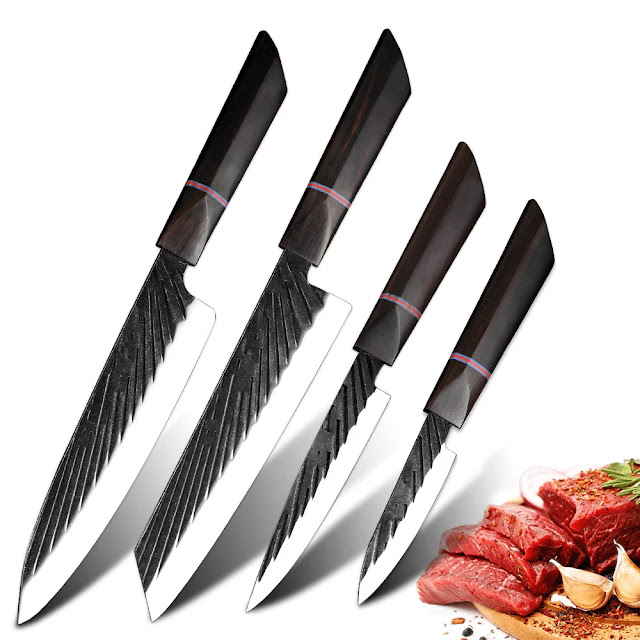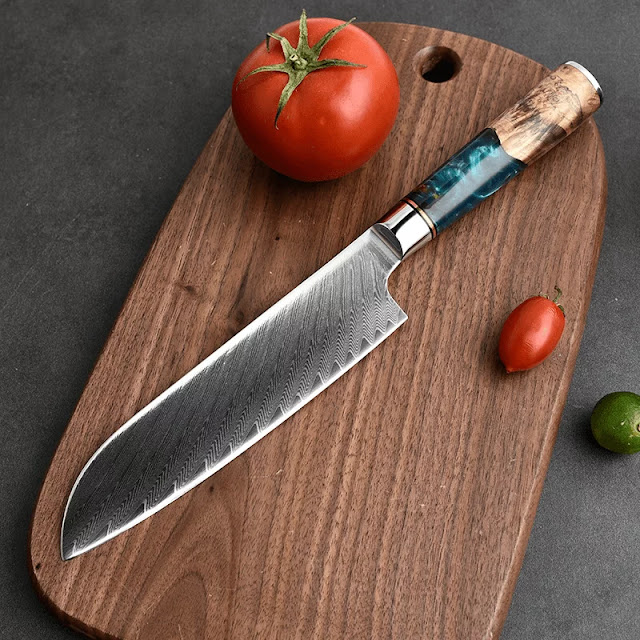How to sharpen a kitchen knife correctly
How to sharpen a kitchen knife correctly
Mastering the Art of Sharpening Japanese Kitchen Knives
Properly sharpening your Japanese kitchen knives is essential for precision in the culinary realm. Japanese knives, known for their craftsmanship, come in various types like santoku, cleavers, and damascus steel blades. Follow these steps to ensure your knives stay razor-sharp:
1. **Understand Your Knife Type**: Different Japanese knives serve distinct purposes. Identify your knife type to determine the sharpening angle and technique.
2. **Select the Right Sharpener**: Invest in a quality sharpener suitable for Japanese knives. Whetstones are popular for maintaining the delicate edges of these precision instruments.
3. **Angle Matters**: Japanese knives typically have a sharper angle. Maintain a 15 to 20-degree angle while sharpening to preserve the blade's integrity.
4. **Consistent Strokes**: Whether using a whetstone or a honing rod, maintain consistent strokes along the entire length of the blade. This ensures an even edge.
5. **Honing for Maintenance**: Regularly hone your Japanese knives with a honing rod to realign the blade. This quick step keeps the edge sharp between sharpening sessions.
6. **Damascus Blades Care**: If you own a Japanese damascus knife, pay extra attention. Clean and dry the blade immediately after use to prevent corrosion and maintain the intricate pattern.
7. **Handwashing Only**: Avoid dishwashers; handwash your Japanese knives with mild soap and warm water. This preserves the blade and handle materials.
8. **Proper Storage**: Store your Japanese knives in a knife block or on a magnetic strip. Avoid tossing them into drawers to prevent unnecessary wear and tear.
9. **Seek Professional Help**: If uncertain, consult a professional knife sharpener or the manufacturer for advice. Japanese knives are an investment; it's worth ensuring they receive proper care.
10. **Regular Inspections**: Periodically inspect your knives for nicks, chips, or any irregularities. Address these issues promptly to maintain optimal performance.
By following these guidelines, you'll not only keep your Japanese kitchen knives in prime condition but also elevate your culinary experience with precision and finesse. Mastering the art of sharpening is key to unlocking the full potential of these exceptional blades.
Article from the site Best Kitchen Knife
< a href="https://bestkitchenknife.site/">best_kitchen_knife< /a>



Comments
Post a Comment